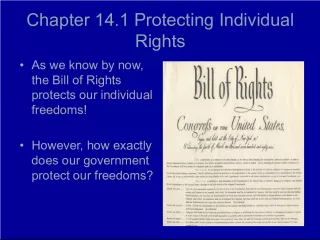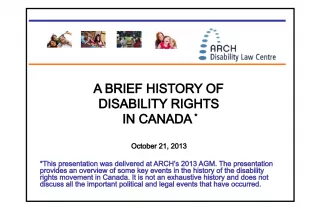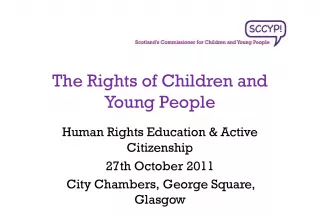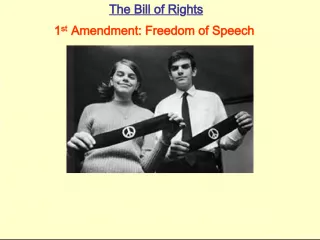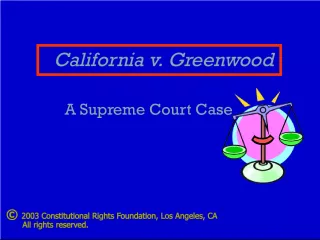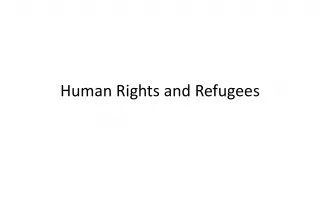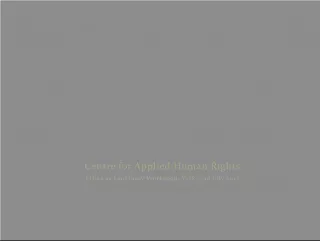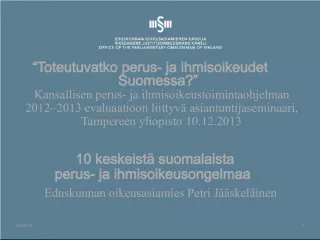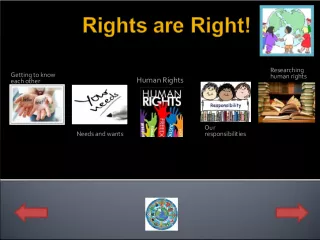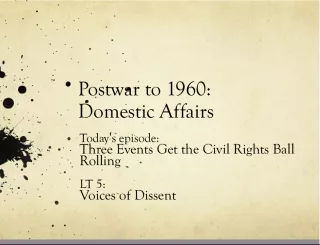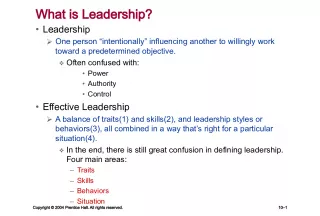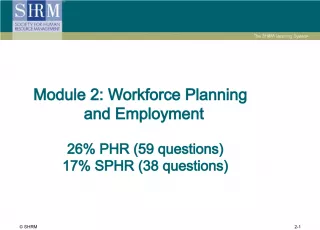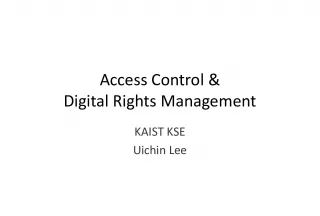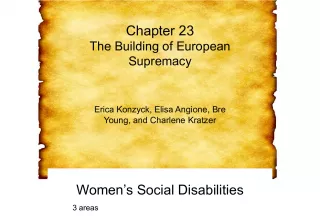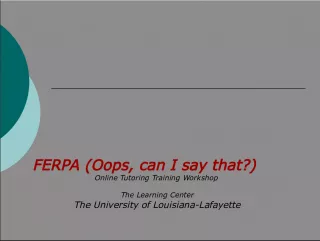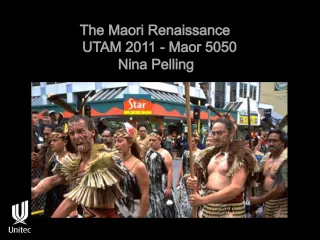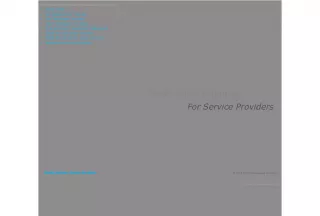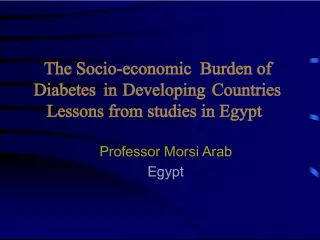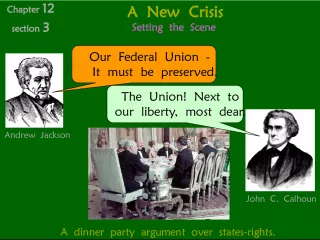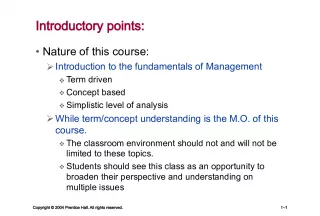The Rights of the Accused: Preserving Individual Rights
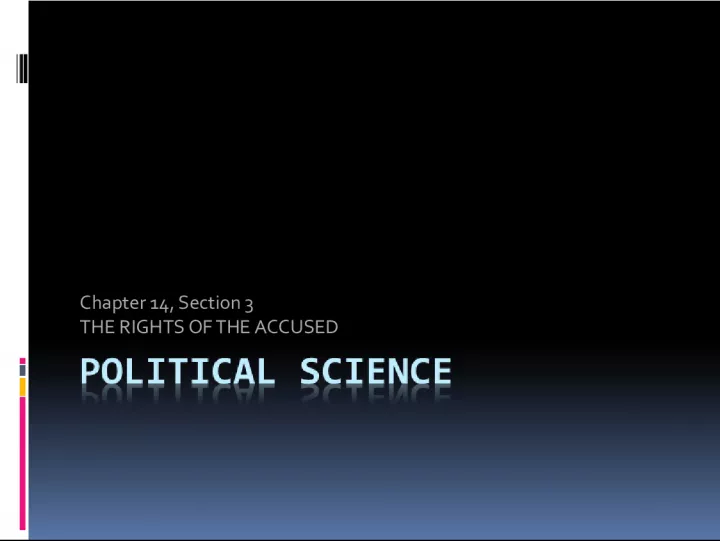

In Chapter 14 Section 3, we explore the challenge of dealing with crime and criminals while preserving individual rights. The act of crime involves going against the law or the
- Uploaded on | 3 Views
-
 kellywilson
kellywilson
About The Rights of the Accused: Preserving Individual Rights
PowerPoint presentation about 'The Rights of the Accused: Preserving Individual Rights'. This presentation describes the topic on In Chapter 14 Section 3, we explore the challenge of dealing with crime and criminals while preserving individual rights. The act of crime involves going against the law or the. The key topics included in this slideshow are . Download this presentation absolutely free.
Presentation Transcript
Slide1Chapter 14, Section 3THE RIGHTS OF THE ACCUSED
Slide2INTRODUCTIONChallenge: dealing with crime and criminals while preserving individual rights CRIME: act against law or the state Founders: built into the Constitution and Bill or Rights a system of justice to guard the rights of both the accused and society
Slide3SEARCHES & SEIZURESFourth Amendment: guarantees the rights of people to be secure in their persons, homes, papers, and effects while guarding their rights against unreasonable searches and seizures Probable cause – search warrant
Slide4Special situations:Police do not need a warrant to search or arrest someone they see breaking the law Police do not need a warrant to search garbage placed outside a home for pickup Certain kinds of drug tests
Slide5Exclusionary rule1914: Court established “exclusionary rule” which states any evidence obtained illegally cannot be used in federal court Through the years, the rule has become applied to state courts – it has also been somewhat “relaxed”
Slide6Fourth Amendment in Schools1985 New Jersey v. T.L.O. Ruling: School officials do not need warrants or probably cause to search students or their property Also, extended to mandatory suspicionless drug tests
Slide7SEARCH & SEIZURE (con’t)Wiretapping and Electronic Eavesdropping: Supreme Court considers such as “search and seizure” subject to Fourth Amendment consideration So, most wiretaps must have a court order
Slide8GUARANTEE OF COUNSELSIXTH AMENDMENT: guarantees a defendant have the “assistance of counsel for his defense” Gideon v. Wainwright (1963): Supreme Court ruled that whenever a jail sentence of 6 months or more is possible, accused has a right to a lawyer at public expense
Slide9SELF-INCRIMINATIONFIFTH AMENDMENT: no one can be compelled to be a witness against himself – protection against “self0incrimination” Also protects defendants against confessions extorted by force or violence Protects right to “remain silent”
Slide10Landmark CasesESCOBEDO v. ILLINOIS (1964): Court ruled accused rights to remain silent (5 th ) and right to attorney (6 th ) must be maintained MIRANDA v. ARIZONA (1966): Court established strict rules for protecting suspects during police interrogation
Slide11DOUBLE JEOPARDYFIFTH AMENDMENT: no person shall be “twice put in jeopardy of life and limb” – “double jeopardy” However, distinction between “civil” and “criminal” – federal and state laws separate – single act may involve more than one crime
Slide12CRUEL AND UNUSUAL PUNISHMENTEIGHTH AMENDMENT: forbids “cruel and unusual punishment” Court has seldom ruled regarding this However, controversy over capital punishment (death penalty) has arisen
